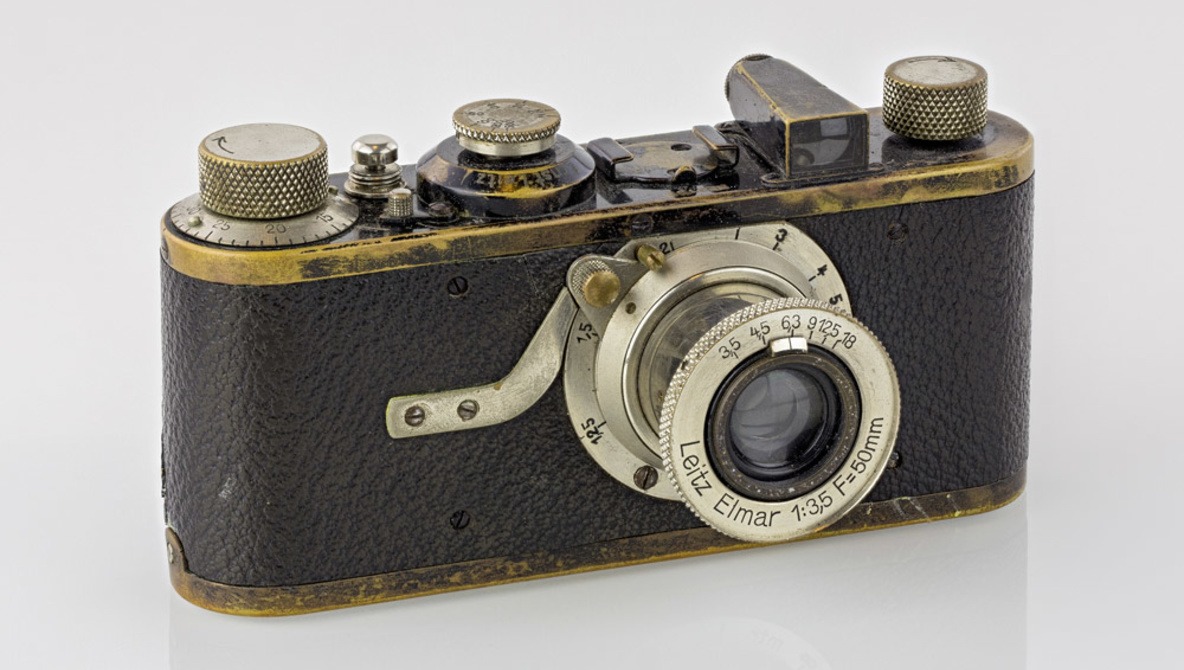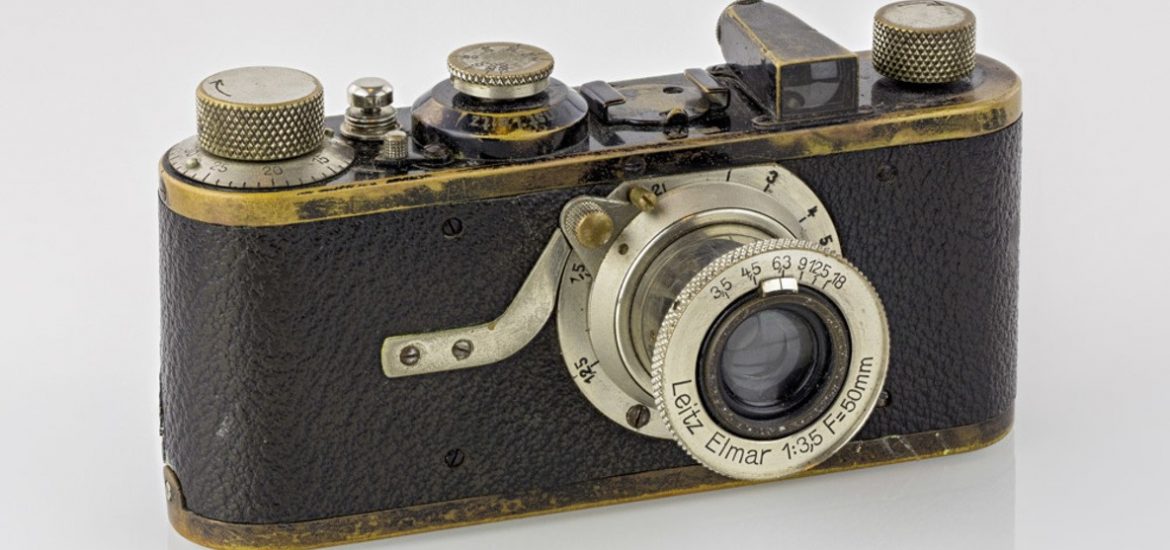
Henri Cartier-Bresson is one of the greatest photographers of all time. What is it that gave him his style, and how would you go about recreating it? This video tries to find out.
Cartier-Bresson was a painter before he became a photographer, and no doubt, the formal art education he received would have contained ideas on how a frame is composed according to the golden section — something that Trovatten notes in his study. You can get a sense of how this works in this fantastic video from Myron Barnstone.
In addition, it’s well worth looking into how Cartier-Bresson seems to have used dynamic symmetry in his work, bringing his painterly eye from the canvas to the camera. Tavis Leaf Glover put together a two-part video that sifts through Cartier-Bresson’s work to see how these principles play out.
Note also that Gestalt psychology was being formulated in the early 20th century and influenced the thinking of the cubists under whom Cartier-Bresson studied at the Lhote Academy in the late 1920s. Gestalt psychology builds on the idea that the brain perceives patterns and configurations — key to our appreciation of what makes a strong composition. This model describes elements such as similarity, continuation, closure, proximity, the relationships between foreground and background, and symmetry. Check out this excellent infographic to learn more.
Transferring composition rules from text and diagrams to your photography can feel clunky and unnatural, and while very few photographers would consciously shoot with something like the rule of thirds in mind when lifting the camera to their eye, it’s the subconscious absorption of how composition works that slowly starts to inform how our brain looks through the viewfinder.
Can you learn to shoot like Cartier-Bresson? Let us know your thoughts in the comments below.
Article thumbnail is by Kameraprojekt Graz 2015 and used under CC BY-SA 4.0.
